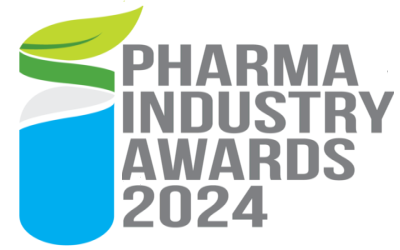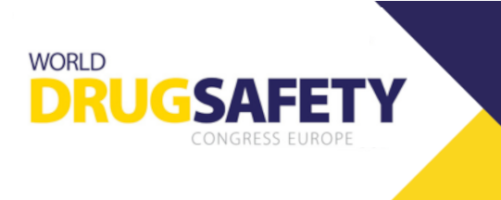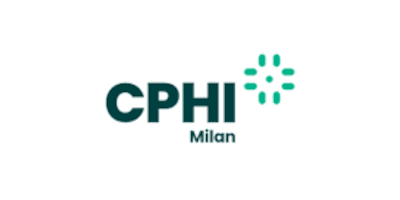Guidelines on the Environmental Risk Assessment (ERA) of Medicinal Products for human use EMEA/CHMP/SWP/4447/00 Rev.1 issued on the 15th February 2024 replaces EMEA/CHMP/SWP/4447/00 Corr 2 which has been in effect since 2006. The updated procedure comes into effect on the 1st September 2024.
An ERA is not required for the renewal procedure, however, if new data emerges in the post-authorisation phase that requires an update to the ERA, a Type IB C.I.z variation should be submitted.
The updated guidelines recommends a stepwise approach to the assessment. Decision trees are provided to assist the ERA decision-making process which is required in accordance with Directive 2001/83/EC irrespective of medical product legal basis. The implementation of the principles of the 3Rs must now be considered where possible in accordance with Directive 2010/63/EU.
The General Principles Section 3 of the guidelines has been updated to include:
- Identification of the substance
- Total Residue Approach
- Test Guidelines
- Publicly Available Data
- Overview of Risk Assessment and Hazard Assessment
- Risk Assessment
- PBT/vPvB Assessment
- Finalisation of risk and PBT/vPvB Assessment
The two phases of the risk assessment are discussed in Section 4. In Phase I the potential for environmental exposure is assessed based on the nature of the active substance and the intended use of the medicinal product. The products that require a more extensive Phase II risk assessment are identified based on their use and/or environmental exposure. The new decision tree included in this section is used to determine if the risk assessment stops at Phase I or continues to Phase II. The basis for a decision not to proceed to Phase II should be included in the ERA report.
The following should be considered in Phase II of the risk assessment:
- Determination of physio-chemical properties, fate and ecotoxicity
- Trigger values for soil, groundwater and secondary poisoning
- Surface water
- Sediment
- Sewage Treatment Plant
- Soil
- Groundwater
- Secondary Poisoning
- Tailored testing strategy for active substances with a specific mode of action
- Antibacterials
- Endocrine active substances (EAS)
In the updated guidelines Section 5 is renamed PBT/vPvB Assessment. The Predicted Environmental Concentration (PEC) is discussed in this section. The guidelines requests a PBT/vPvB Assessment for all active substances. A decision tree is included to determine if a definitive PBT assessment is required. If not required, a justification should be provided in the ERA report. Information is provided in the guidelines on how to approach the definitive PBT Assessment.
Search on Evaluation of Data Section 6 is new to the guidelines. A targeted literature review on endpoints of significance is required. The applicant should demonstrate how the literature search was performed. The data output from the literature review should be assessed for reliability and evaluated in line with the updated guidelines.
Labelling and Risk Mitigation Section 7 replaces “Precautionary and Safety Measures to be taken for Administration, Disposal and Labelling”. Section 7 includes a table with proposed labelling aimed at minimising the discharge of unused medicine into the environment. References to SmPC sections 5.3 and 6.6, Labelling section 10 and PL section 5 are included.
Structure of ERA Report Section 9 replaces “The Environmental Risk Assessment Report”. The report should start with the new identification section clearly outlining the identification of the active substance. Summaries of all studies used should be included in the report. The full study reports and references should be provided in the annex of the ERA.
The ERA including study reports must be included in the dossier for submission. The updated guidelines encourages the sharing of data between applicants to avoid unnecessary repetition of studies. When data is shared a Letter of Access should be submitted stating that the current applicant has access to data previously generated by another Marketing Authorisation Holder. Should there be any missing studies, it is the responsibility of the current applicant to have these studies completed.
PBT: Persistence, Bioaccumulation, Toxicity
vPvB: very Persistent, very Bioaccumulative




